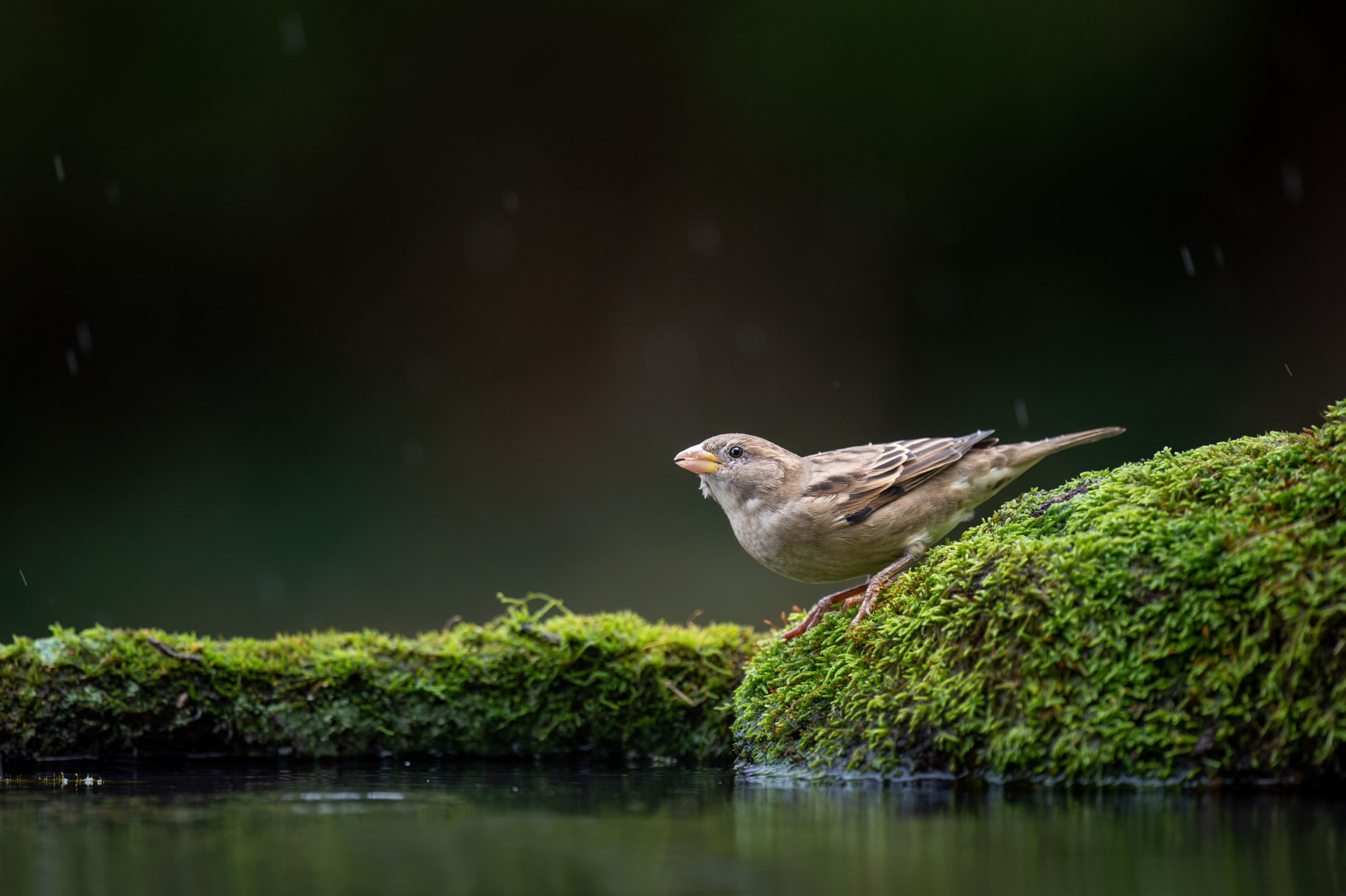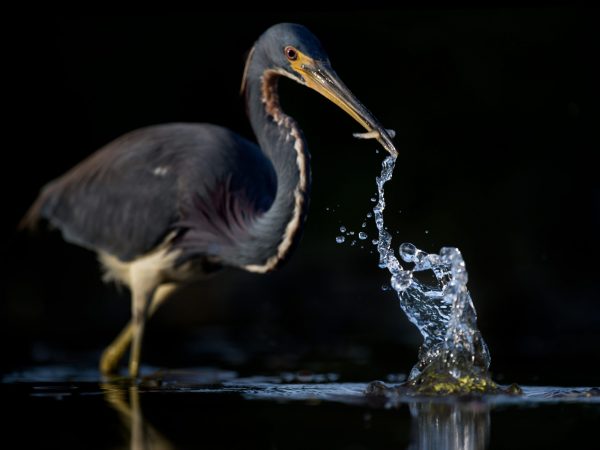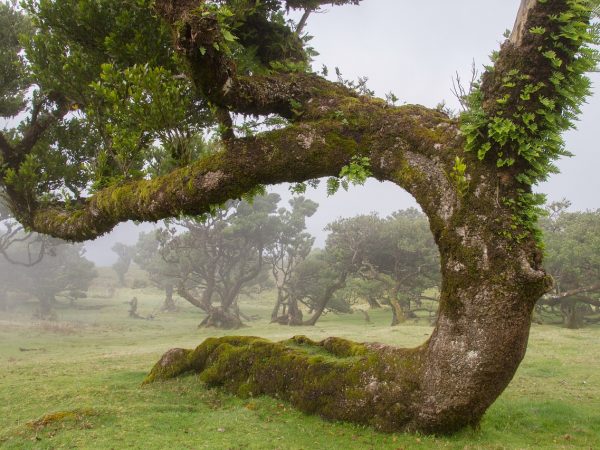Earlier this year I was asked to contribute to Buddhistdoor Global’s conference on Buddhist Responses to Climate Change. I said yes quite readily, thinking I was well enough equipped for the topic. I have written about climate change in my book Bringing Mindfulness to Life, run workshops and retreats as a “Work That Reconnects” facilitator, and so on. But when it came to putting down some concrete ideas, a strange vagueness took hold of me—a degree of dissociation from my feelings, thoughts, and the task at hand.
From a clinical understanding, dissociation sets in when people are powerless to do anything to change or stop a traumatic event. It is a strategy to avoid the experience of being overwhelmed by intensely difficult emotions. Given the scale of the predicted catastrophic changes to the Earth’s climate, combined with the apparent slowness and weakness of political will to avert the worst, taking refuge in avoidance kind of makes sense.
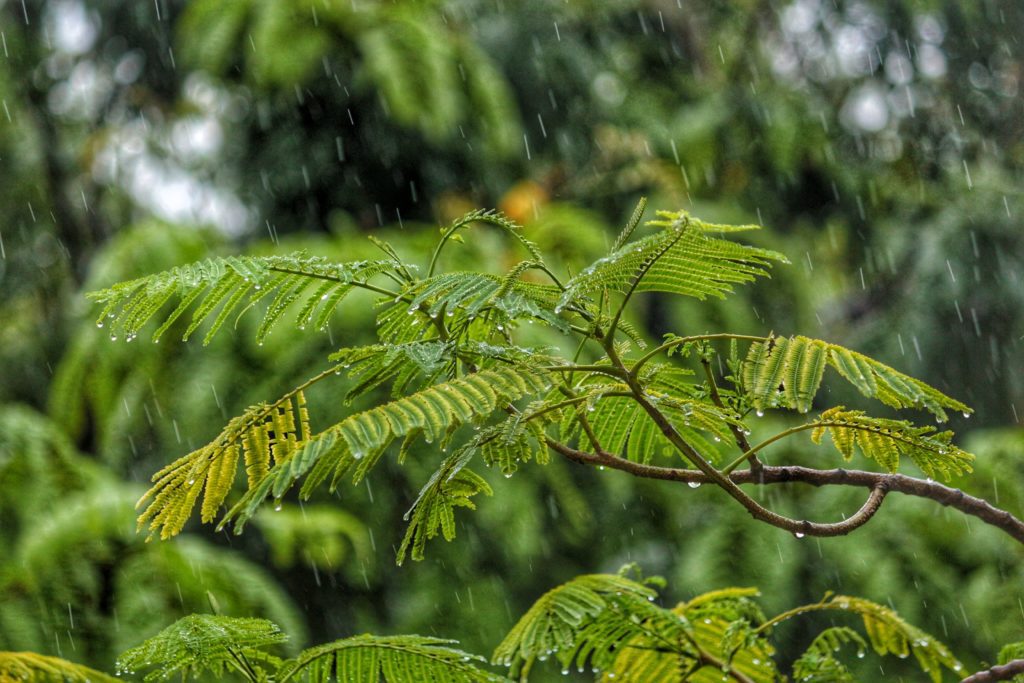
In fact, globally, a vicious cycle is at play of distracting ourselves from the unthinkable—the wide-ranging perishing of life on earth, much of it already happening—by indulging in the very activities that exacerbate this decline. Like someone with suspected lung cancer lighting a cigarette as a short-term consolation.
It takes courage and integrity to face what is going on and another crucial element: experiencing and enjoying a sense of community. Maybe you can take a moment to connect with a sangha of likeminded people: other BDG readers, for example, almost as if we were together in the same room, breathing the same air, physically sensing each other’s friendly and concerned presence. We can also evoke the presence of some wise, outspoken, and compassionate teachers, such as Joanna Macy, Tara Brach, or Thích Nhất Hạnh, whether alive or no longer with us in person. We can take heart from being part of a huge wave of compassion and practical resourcefulness sweeping the planet.
We must deal creatively and consciously with our feelings, otherwise they will trip us up and undermine any good intentions we may have to play our part in the “Great Turning” (as Joanna Macy calls it), the turning toward a truly life-sustaining culture on Planet Earth for all sentient beings. This is also one of the findings of the recently published and much-lauded report of the UK-based Mindfulness Initiative, which has been exploring the use of mindfulness interventions for all-party policymakers in parliament. The report says that tackling climate change can no longer be framed as a technological problem alone, the role of feelings must be acknowledged. Green Party MP Caroline Lucas said: “Reaching into people’s deeper empathy for the world is a way of generating the extra energy, motivation, and belief that change is possible.”1EU officials being trained to meditate to help fight climate crisis I would add that we must address our personal trauma in order not to get caught up in reactivity and avoidance with regard to the larger issues.
So how can we tap into our emotions in a way that mobilizes creative energy for change? Interestingly, there is a boom in gripping movies and novels that paint a variety of pictures of a post-apocalyptic world, people fighting for food and water, escaping burning cities, and trying to make the remnants of industrially manufactured goods and comforts last as long as possible. In the novel and TV miniseries Station Eleven, a parent tries, unsuccessfully, to describe the taste of chocolate to a child born after the event, in this case a catastrophic pandemic. The detail brings it home with some emotional panache: life is going to change. Maybe fiction, imagining such scenarios from a distance, educates and prepares us emotionally to a degree, maybe it helps us to enjoy, in moderation, our amazingly luxurious lives while we still can: refrigerators and air-conditioning, central heating, cars, and smartphones. Maybe this is a way of preparing ourselves gently for the extremely difficult times that lie ahead. Although, since it is just fiction, not real, this kind of emotional exposure on its own probably won’t incite us to bite the bullet and change our behavior in the extensive ways required: renouncing flying, meat, and general over-consumption.
It takes courage and integrity to face what is going on and another crucial element: experiencing and enjoying a sense of community.
We don’t trust ourselves to be happily content with less—less than previously, and less than our neighbors. For that, and in order to feel in touch with a different order of abundance, we need to have more direct, immediate emotional experiences. Contact with the natural world, the satisfaction that comes from any positive experience consciously savored, from being heard and understood by others. Climate change must become part of the conversation. I was chatting with a woman at my allotment who was showing her young daughter how to stake up peas. There had been a lot of slug damage and I was saying, “How lucky, we still can buy food in supermarkets.” The woman responded that she was gardening with her daughter to prime her for a different future.
Facing the reality of what is happening and our feelings about it can be done directly and deliberately through this meditation I have developed. It takes Tara Brach’s well-known RAIN practice as a starting point, practicing “radical acceptance” as she calls it, doing our best to recognize and befriend our feelings in relationship to climate change, utilizing the power of mindfulness. Then we investigate our unmet needs, what we are longing for: justice, respect for all life, peace, and so on, and nourish ourselves by bringing these qualities fully into our body/mind experience and resting in it. This is a manifestation of loving-kindness.
RAIN then develops into RAINING, into action. “I” stands for Imagine, “N” for No limits, and “G” for going forth. We are tapping into the bodhisattva spirit, the truth of our interconnectedness, and using the power of our imagination to envisage a better world and the part we can play in its manifestation. The meditation combines the more inward-oriented and self-nurturing dimensions of Buddhist practice with insightful compassionate action. I invite you to join me in this exploration.
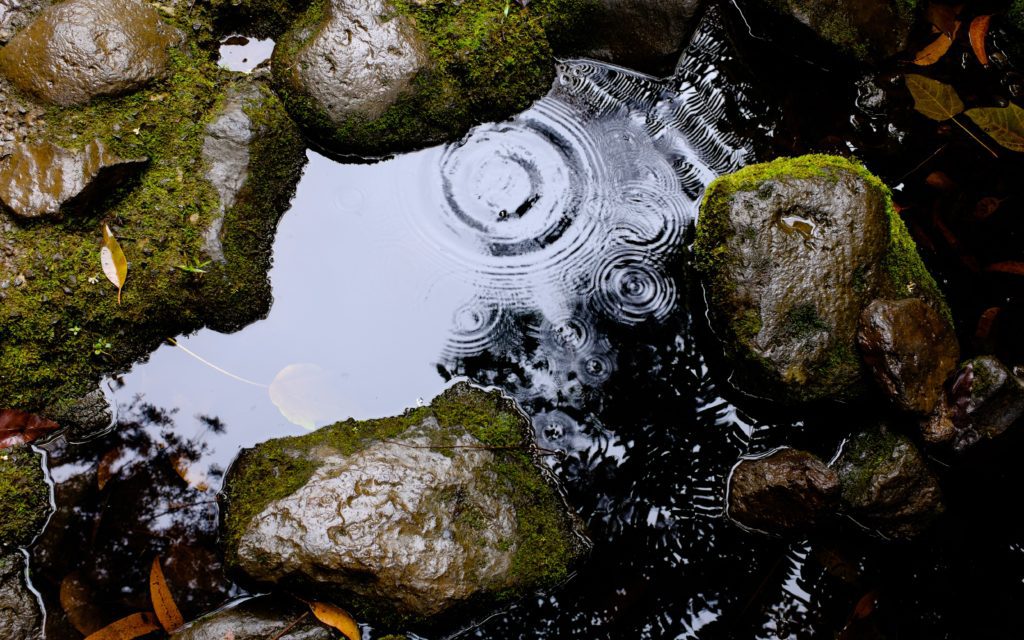
Getting Ready. We are setting ourselves up for a period of meditation, finding a posture that allows the body to be relaxed and alert. Allowing some time for the stream of words and images stirred by what we just read to settle naturally, coming into the present moment. It may help to sense the contact of the body with the ground, letting the weight of the body be received by the earth. Connecting with the breath, letting go of some layers of tension with the exhalations, and feeling the refreshment and spaciousness that comes with the inhalations. If the breath doesn’t work for you, choose a different anchor that gives you a sense of ease and safety: perhaps sounds occurring in your environment, or gazing at a familiar object. Being present, opening, softening, receiving the stream of life flowing through you, relaxing with it all—sensations, feelings, thoughts, and images. If it feels right, we may open to a sense of gratitude that we are here together, practicing in the company of others, whether we’re on the same event or logging in at another time. A sense of mutual support may emerge, or of being a part of something bigger. You can come back at any time during this meditation to a place of safety, to your anchor. Now, if it feels right, turning our minds to the subject of climate change.
Recognize an area within the field of climate change that you would like to explore in this meditation and see what presents itself—it could be related to food security, displacement, political stability, floods and wild fires, poverty, loss of species, forests, heat waves, etc. Take a few moments to decide which area grabs you and seems right to explore at this time. Trust your intuition.
Allow some details to come to the fore—images, sounds, thoughts—and let the situation take shape in your awareness. With these images and thoughts, some feelings are likely to rise to the surface. Notice whether there is some openness to meeting them. If there is resistance, see whether you can make friends with that resistance—it has some good intentions for you, maybe wanting you to be safe and at ease. Remember that you can always come back to your safe anchor and perhaps continue the meditation in a way that suits you. If it feels okay to proceed, we start to pay closer attention to the feelings and do our best to . . .
Allow them. Glossing over the difficult feelings won’t do; we need the emotional energy and authenticity of this step for any tangible possible transformation to occur. It takes a bit of courage, a leap of faith. What are you in touch with—numbness, fear, sadness, despondency, helplessness, or anger? Or shame for “not doing more” and for being complicit? How does it manifest in your body?
Getting to know these feelings, becoming intimate with them, exploring them as felt sensations or energetic states in your body and breathing with the experience—tension in the jaw and neck perhaps, a heaviness in the heart, a general flatness, or agitation, a clenching in the stomach? What kind of feeling words fit those sensations in your body? Staying curious about your feelings helps to avoid just thinking about the situation, fretting, or blaming. The difficult feelings want to be seen and held, want to be known, and want to be given some space to breathe. You may find that some relief comes from this allowing. Now we start to . . .
Investigate: related to your main feeling, what needs of yours are not met or what do you long for? For example, if your main feeling is anger, you would probably long for something like fairness and justice. If it is helplessness, you may want a sense of agency or to be heard, and if it is sadness, maybe there is a need to mourn. Numbness points to a longing for aliveness. If there is fear, there may be a need for safety. In this phase we give attention to ourselves, to our own needs, taking care of ourselves. We . . .
We can take heart from being part of a huge wave of compassion and practical resourcefulness sweeping the planet.
Nourish ourselves by experiencing the fulness of the need or quality we are longing for, right here and now in our body/mind. We may draw on our memory of how it felt at other times, to feel safe, for example, or feeling heard, of feeling in the presence of fairness or hope. Allow those qualities to wash through you, with your breath, saturating every cell of your being. Then . . .
Imagine: from deep within you, let a metaphor for the main quality you are experiencing arise. It could take the shape of a person, a landscape, or a symbol. What is the shape or the sound or scent of peace, or safety, or whatever the need is with which you are in touch?
No limits: from the perspective of this metaphor, what could the world look like? Let the image unlock a vision of what it would be like if those qualities you have been exploring were abundantly present for all. Allow yourself to be deeply touched and strengthened by this vision. Now we move into action, our . . .
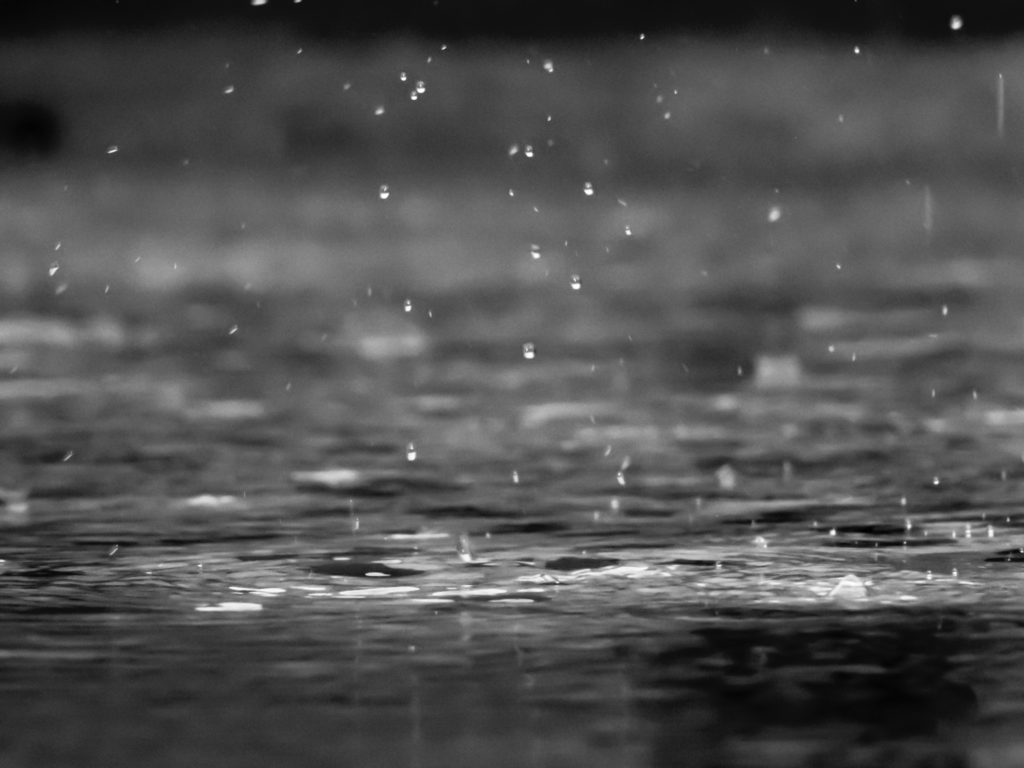
Going forth: considering what may be a small doable next step for us? Being open to what arises and then picturing ourselves putting this resolution into action, playing our own little part in the Great Turning, one little drop of the big ocean, an ocean that is made up of small drops. How do you feel now, considering your initial scenario?
RAINING
Recognize that there is an issue that bothers you and bring to mind some details.
Allow the emotions that are alive in you.
Investigate: related to your feelings, what needs are not met, what do you long for?
Nourish yourself by experiencing the fullness of the needs or qualities that you are longing for.
Imagine: from deep within you, let a metaphor for the main quality arise.
No limits: from the perspective of this metaphor, what could the world look like?
Going forth: what is a small do-able step?
To finish the meditation, here is an extract from the White Lotus Sutra, the parable of the Dharma as a raincloud:
The rain falls everywhere,
coming down on all four sides.
Its flow and saturation are measureless,
reaching to every area of the earth,
to the ravines and valleys of the mountains and streams,
to the remote and secluded places where grow
plants, bushes, medicinal herbs,
trees large and small,
a hundred grains, rice seedlings,
sugar cane, grape vines.
The rain moistens them all,
none fails to receive its full share.2Dharma Rain: Buddhism and the Environment
Now allow all thoughts to quieten down and rest, doing nothing.
The audio version of this practice can be found here.
This article was originally published on Buddhistdoor Global. It is reprinted here with permission.
References
- 1
- 2
